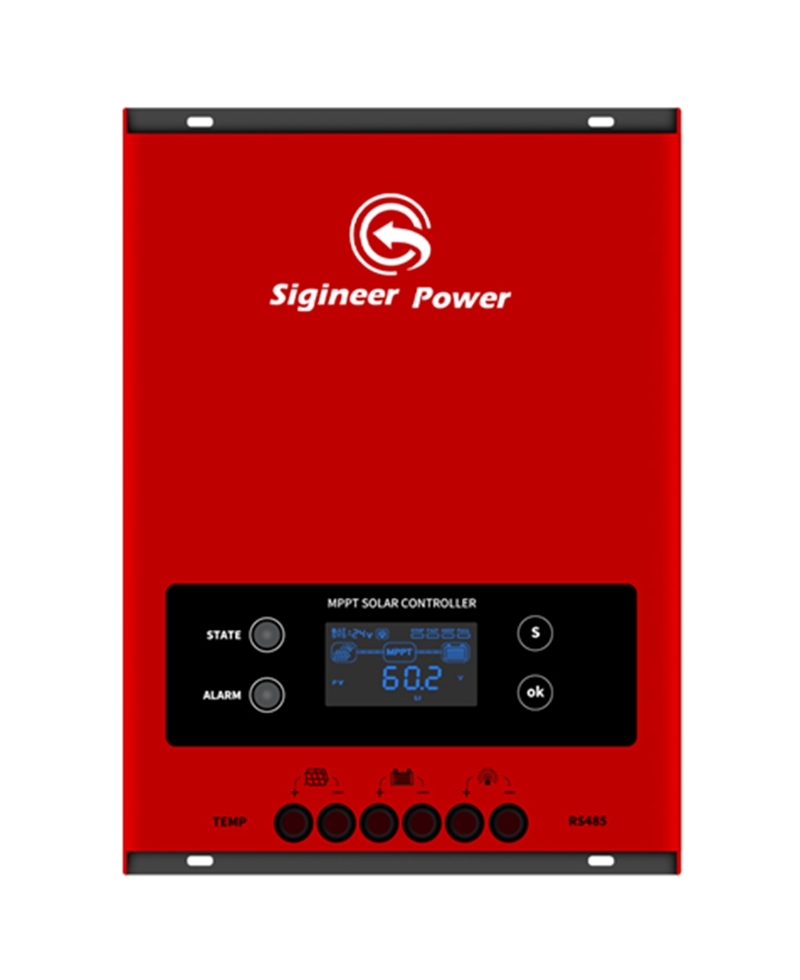I ordered the positive ground mppt a while back before I even started setting anything up. I assumed it was all negative ground as that is/should be the standard but unfortunately i was wrong again. Missed the fine bold print lol
I saw some manufacturers suggest grounding the positive from the panels or the battery bank and not both. Some say dont ground anything. Also, dont use the "load" side of the mppt.
My issue is, im also going to use the AIMS 24v AC to DC charger so did I screw myself or is there some hope for me with this mppt?
Using the AIMS until I can sort this out
this is the one in question:

 www.sigineer.com
www.sigineer.com
manual
I saw some manufacturers suggest grounding the positive from the panels or the battery bank and not both. Some say dont ground anything. Also, dont use the "load" side of the mppt.
My issue is, im also going to use the AIMS 24v AC to DC charger so did I screw myself or is there some hope for me with this mppt?
Using the AIMS until I can sort this out
this is the one in question:

60 AMP 48V 36V 24V 12V MPPT SOLAR CONTROLLER w/ unlimited parallel capability - Sigineer Power
Model #: SR150V60A Free shipping to the USA, Canada & Puerto Rico by courier. The SR150V60A solar charger controller features LCD touch screen, unlimited parallel capability, automatic battery voltage recognition from 12Vdc to 48vdc, wide PV input range up to 150V, various battery charging...
manual


